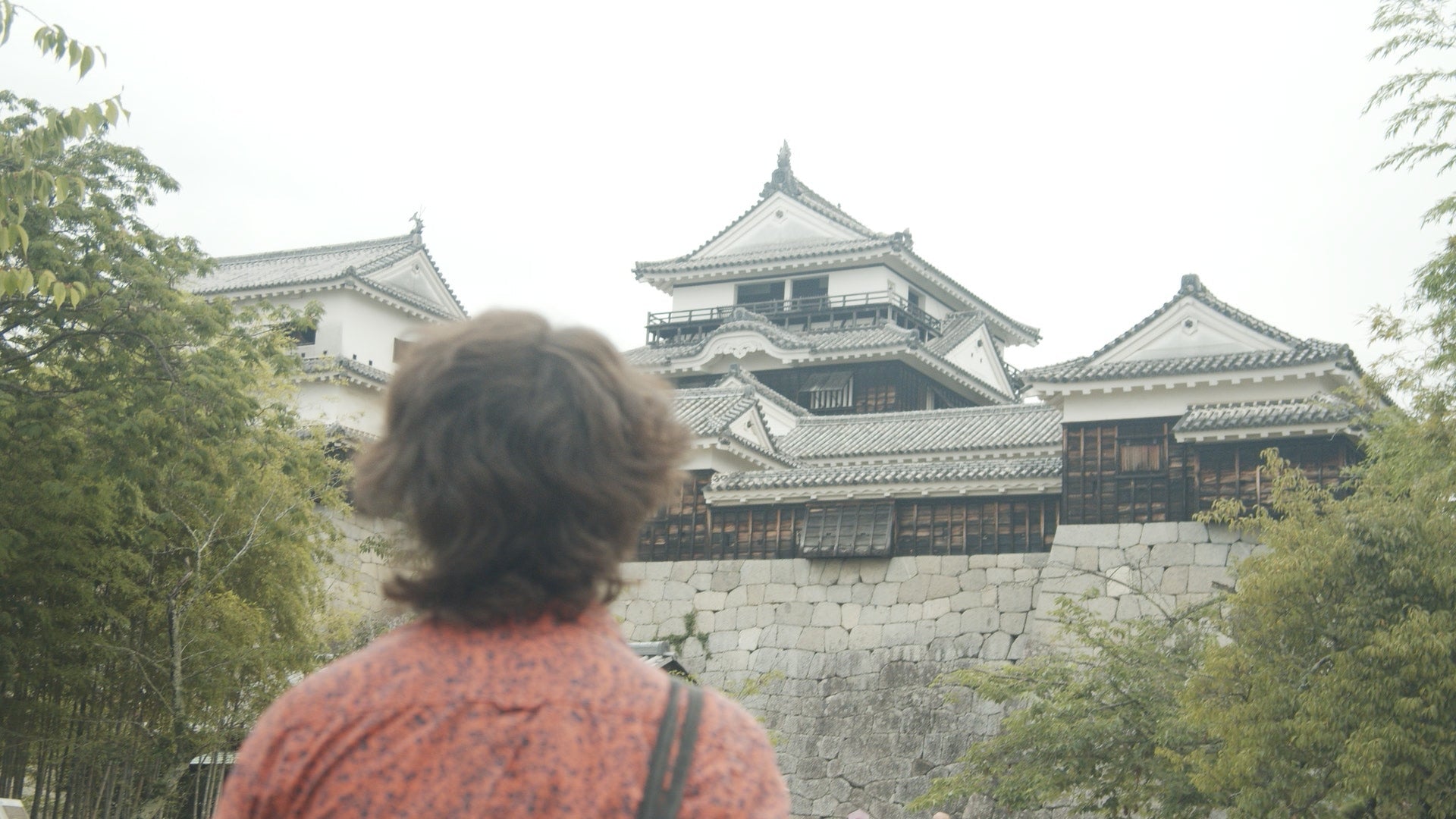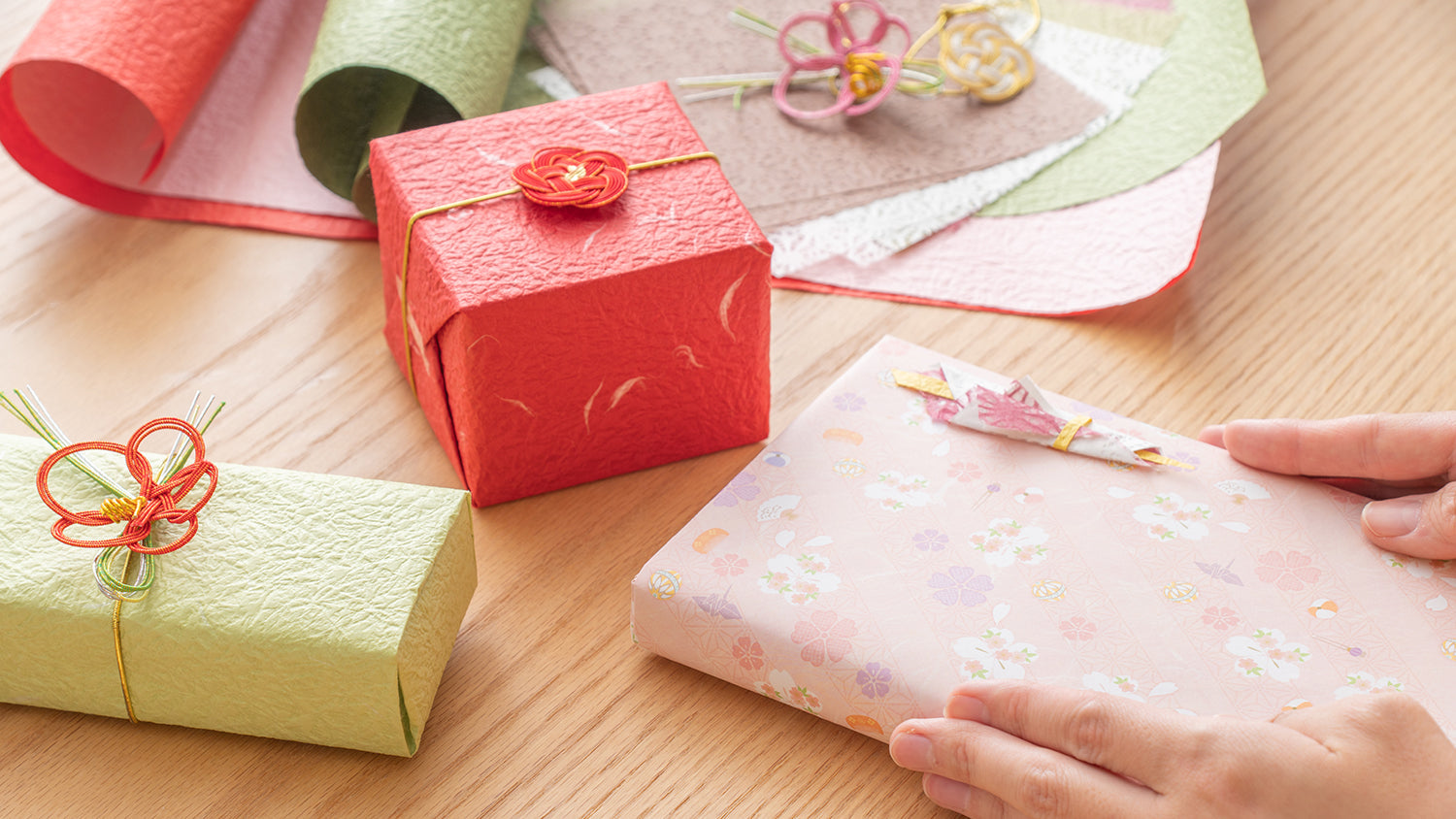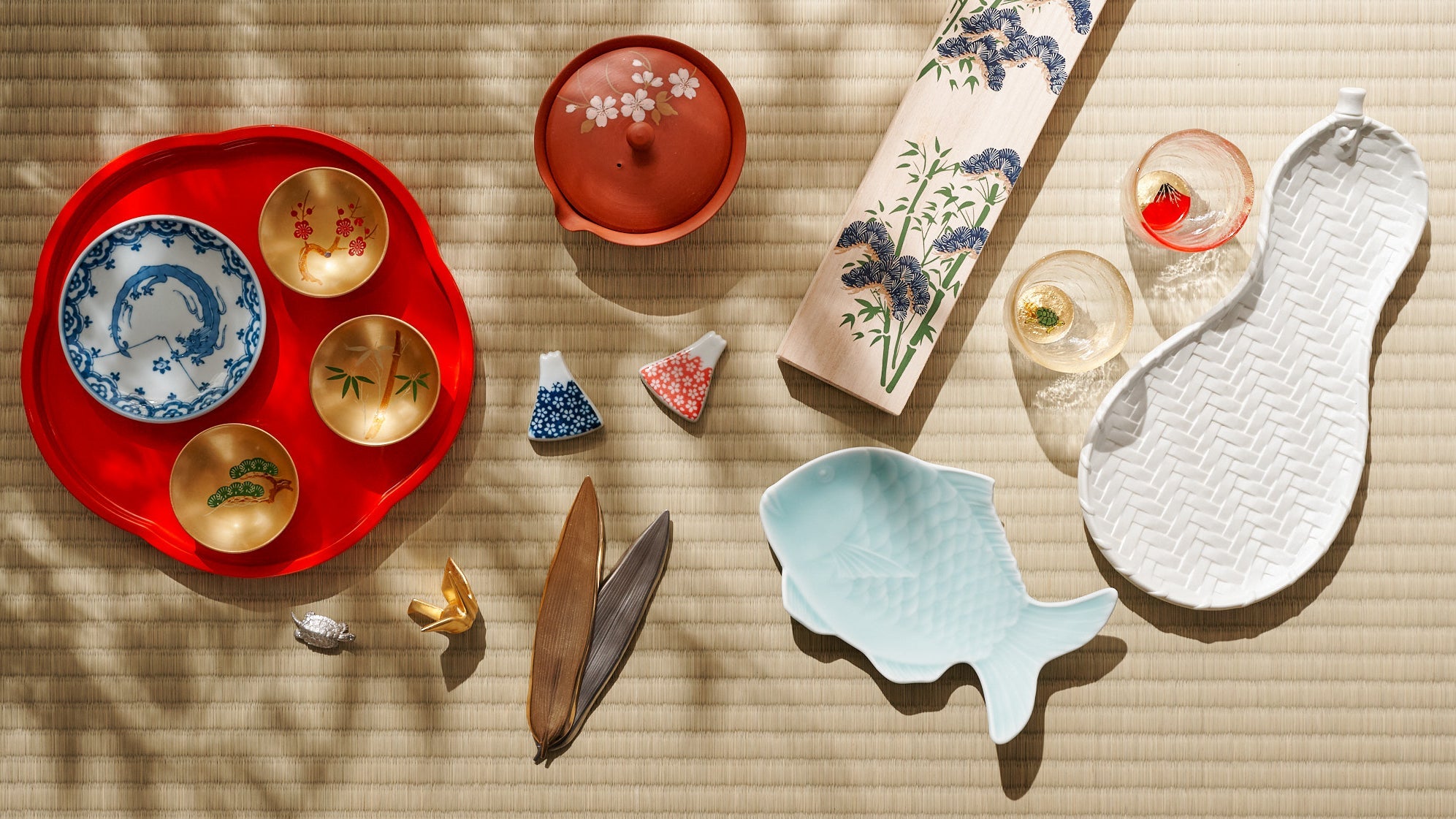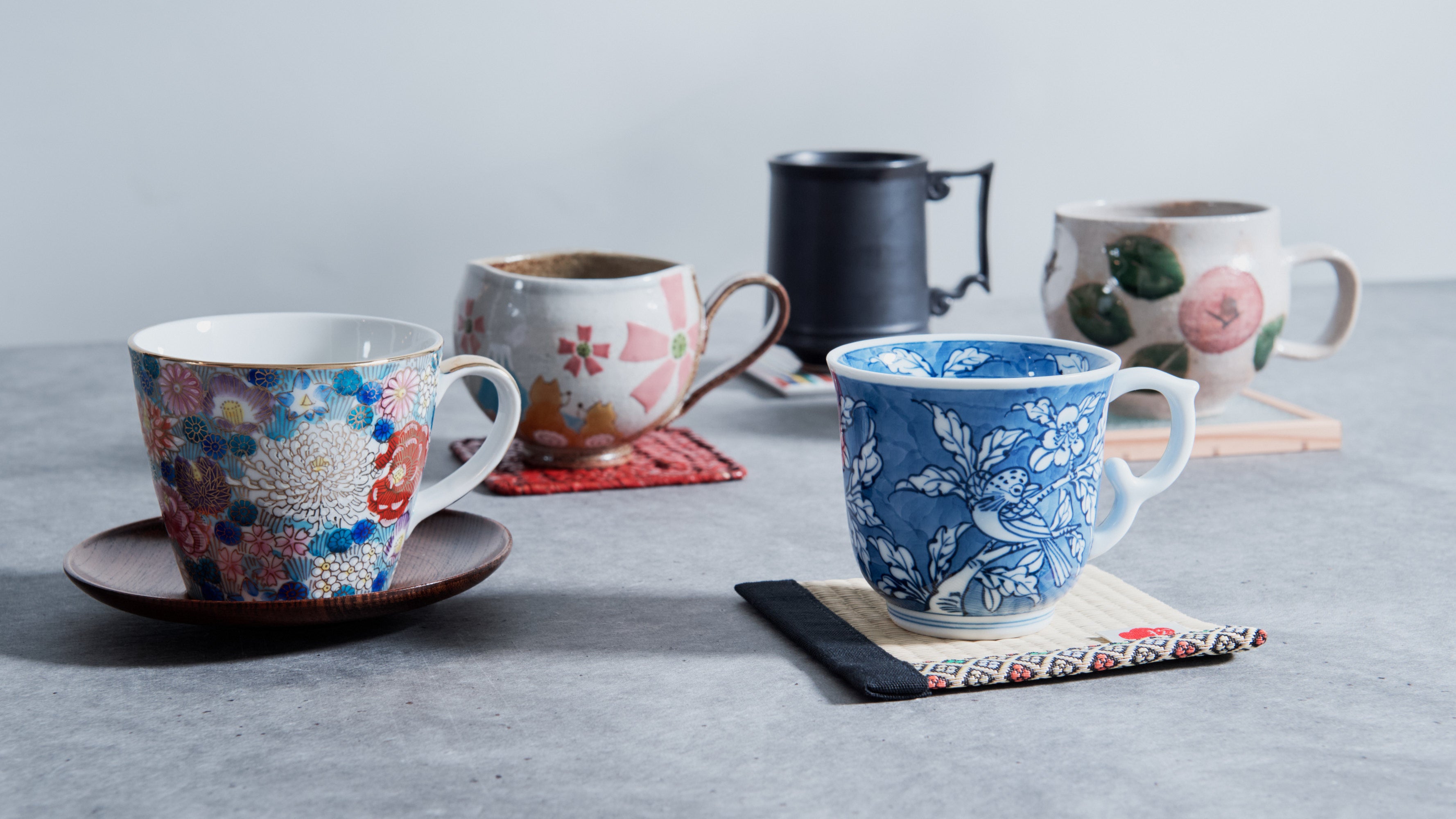
Travels in Tobe: Where History Meets Craftsmanship
Written by Team MUSUBI
Local gourmet dishes served in locally crafted bowls. One of the oldest bathhouses in the world, reminiscent of stepping into a mysterious ancient world. Hills of mandarin oranges rising above the sea. And a grand castle rising above it all.
This is Matsuyama City and the nearby pottery village of Tobe in Ehime Prefecture. Known for Matsuyama Castle, Dogo Onsen, and the Natsume Soseki novel Botchan, this Shikoku area is also a hotspot for crafts and the home of Tobe ware—an officially designated Traditional Craft of Japan.
Team Musubi paid a visit to meet with local craftspeople at Baizan Kiln and Higashi Kiln, while also squeezing in a bit of sightseeing along the way.
Read on to see the sights with us and get a glimpse of what there is to do and enjoy in Matsuyama and Tobe, plus check out the local cuisine—served, of course, in locally-made Tobe ware.
Table of contents
Local Cuisine in Local Pottery
A scavenger hunt started as soon as we stepped off the plane from Tokyo. Huddled around our phones, with map apps open, we looked like any group on a business trip, but it wasn’t conference halls or office buildings we were trying to find.
“Is this it?”
“No, the arabesque’s all wrong.”
“How about this?”
“Found it!”
Baizan Kiln is a well-known tableware supplier to local restaurants in the Matsuyama-Tobe area. It didn’t take long for our search to turn up several washoku eateries serving traditional Japanese cuisine in Baizan Kiln’s signature blue and white porcelain.
In fact, the nearest was mere steps away, in the airport itself: an udon shop serving hearty noodles with delicious toppings, beautifully framed against the bowls’ glossy white.

Located on the Seto Inland Sea, Matsuyama’s signature cuisine also includes tai-meshi, in which locally caught sea bream is steamed inside a traditional Japanese clay pot such as a donabe, five-colored somen noodles, and mikan, or mandarin oranges, which grow in abundance at orchards around town. Trying local specialties like these is a major part of any domestic trip for many Japanese travelers. Give it a try yourself to savor the unique flavors of Matsuyama!

For an inside look at how this ramen bowl and other Baizan Kiln pieces are made, check out the article where we go behind the scenes at Baizan Kiln’s workshop, here.
Visiting and talking to the people there underscored the time and care that goes into creating every single bowl, plate, and teacup. With every one of their pieces handmade, an individual artisan stands behind each step of the process. Knowing the faces behind the very same ramen bowls we ate out of on this trip made each meal feel even more special.
Matsuyama Castle: A 400-Year-Old Fortress
Our first journey to see the sights led us to Matsuyama Castle. Built between 1602–1638 CE, Matsuyama Castle is one of only twelve feudal-era castles to have survived intact in their original or near-original state, despite the upheaval of the Meiji Restoration and the destruction of World War II. With three castle keeps, exhibits on weaponry and haiku, a historical garden, and 200 cherry trees, it is well worth a visit.

Though the main citadel crouches at the top of one of the highest hills in the area, a cable car and ropeway make it a quick journey. The city fell away as we rose in small chairs, feet dangling. Stomps and shouts floated up from the open window of a nearby kendo dojo: “DOOOOO!” Thwack! “MENNNNN!” Thwack! The sound of clashing bamboo swords and armor seemed a fitting soundtrack for visiting a feudal fortress.


Entering the castle grounds was like stepping into a period drama. Massive stone blocks, covered in moss from years of exposure to the humid air, bordered the steep path up to the wide cherry orchard and the castle’s honmaru, the main keep. We hiked through several layers of gates that had once protected against the attacks of unfriendly samurai. At the top, the whole city of Matsuyama spread out below us, the twenty-first–century background seeming almost surreal in contrast to the feudal castle scenery. As I set my camera sights on my colleague through an arrowslit, it was easy to imagine the samurai of the Matsuyama domain protecting their territory while standing at the walls of this very fortress.

Dogo Onsen
Our next brush with history was at Dogo Onsen, perhaps the most famous bathhouse in Japan. Fed by eighteen natural hot springs and said to be 3,000 years old, it is the oldest public bathhouse in Japan and among the oldest in the world. Though it was my first time visiting, I felt a pang of familiarity, and no wonder—its outer architecture is one of the influences of the bathhouse in Spirited Away.


Looking up from where we stood at the opening to the busy pedestrian shopping street, we watched as yukata-clad bathers came and went. Boisterous young men and sporty-looking women solicited business for their rickshaws. Bamboo screens shading the bathhouse windows swayed gently in the breeze while the uppermost bathhouse room glowed with red light in the gathering dusk, adding to the mysterious ambiance.

Tobe: Where Traditional Ceramics Breathe
Sunlight shone on the water of rice paddies, the open sky reflected between even rows of green, as we drove between Matsuyama City and neighboring Tobe. The home of Tobe ware, some streets are exclusively lined with traditional ceramics workshops. An official exhibition hall for Tobe ware ceramics, the Tobe Ehime Togeikan, showcases the work of local potters, offering plenty to see even for non-Japanese speakers.

Baizan Kiln, meanwhile, has its own museum and documents hall, preserving the history of Tobe ware and its role in the Japanese mingei, or folk crafts, movement. They even have a climbing kiln, which, though not often in use, showcases an important technology in the history of Japanese ceramics.


The beautiful historical buildings across from the workshop feature traditional architecture like tatami rooms and even an old-timey thatched roof—a growing rarity in Japan, Baizan Kiln’s president explained, as it’s hard to find the craftspeople who know how to conduct repairs.

A vibrant Baizan Kiln shop is attached to the workshop, so be sure to pay a visit if you’re in the area!
Not far away is Higashi Kiln, the workshop headed by artist Ohigashi Alyne. Its deeply vibrant natural surroundings inform her ceramic works, whether her tableware line or art objects line, the Botanical Textures. She, too, has a shop and gallery open to the public, where you can stop by and appreciate the harmony of pottery and plants.


As we chatted with Ohigashi about her work, she showed us how the bright colors of her dishes beautifully complement meals like hiyashi chuka, a chilled Chinese-inspired dish, and salad made from vegetables picked fresh from her garden. To read more about the art and life of Ohigashi Alyne, check out our interview blogs: one focusing on Ohigashi’s ceramic techniques, the other on her creative influences and personal story.

With its wealth of ceramics and the stories that go with it, Tobe is a wonderful place to visit for Japanese pottery fans.
Matsuyama and Tobe exemplify how modernity and tradition can live side by side. Whether it’s skyscrapers observed from castle battlements or a piping-hot udon enjoyed in a traditional, handcrafted bowl right before hopping on a flight, we felt throughout our trip the continuing value of passing along the old ways so they can be appreciated by present and future generations.
We saw that in the kilns we visited, too: Baizan Kiln’s designs are classic, while Higashi Kiln’s are innovative, but all are created using traditional Tobe ware techniques.
As I settled into my seat on the plane, mandarin orange omiyage nestled in my bag and ceramics filling my camera roll, my mind’s eye conjured the waving bamboo blinds of Dogo Onsen and the hilltop of Matsuyama Castle. Hundreds of years of enduring history and craft, shepherded with care into the future. Now that’s something worth sharing with the world.








Leave a comment
This site is protected by hCaptcha and the hCaptcha Privacy Policy and Terms of Service apply.